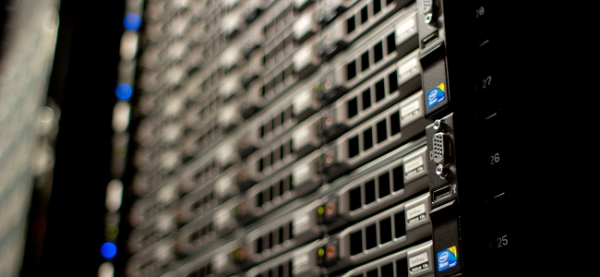"What happens with our choices? What about privacy? Who owns data about me?"
The idea is using vast amounts of private and public data (which is becoming more and more accessible) to improve our lives by personalising our health and education, but it does raise numerous social and philosophical questions. What happens with our choices? What about privacy? Who owns data about me? How can we trade off the happiness of an individual with the good of the group or society?
Using Big Data to improve the educational experience brings all of these questions to the fore, but I’d like to move us passed the ‘privacy debate’ that seems to bog down most discussions about the benefits of Big Data. From a practical perspective, for personalised education to be truly effective, four key questions need to be considered:
1. What data should we collect or create that will be useful? For example, how quickly students master a concept.
2. What insights can be drawn from this data? For example, what signals indicate a student who might be struggling?
3. What decisions should be made based on those insights? For example, less time should be dedicated to a particular topic.
4. How are those decisions monitored and managed? For example, what if a change of approach creates a negative educational effect?
Dashboards are ‘all the rage’ in the world of Business Intelligence - a term I struggle with. These dashboard platforms provide ways of synthesising and visualising complex data, allowing organisations to identify insights and make decisions. It’s only recently that ‘Education Intelligence’ platforms (such as Kahn Academy and Knewton) have started to appear and have yielded compelling results. These e-learning platforms gather data on the student’s engagement, provide useful visualisations, and even make recommendations on how to improve the student experience.
However, the barriers to ‘Big Data in Education’ becoming mainstream aren’t technological. As with most Big Data promises, the success is dependant upon the adoption and embrace of the key drivers: the teachers and educators. It’s too much to demand that educators become data analysts, experimenters and behavioural psychologists. We need to make it easy for the educators to adopt and demonstrate value, and to support and reward them for embracing new innovative technologies. We need to not only develop platforms that capture data about the student experience, but also to give that data to scientists who can identify new techniques that will improve the educational process.
How do you use big data in your school? Let us know in the comments.


















